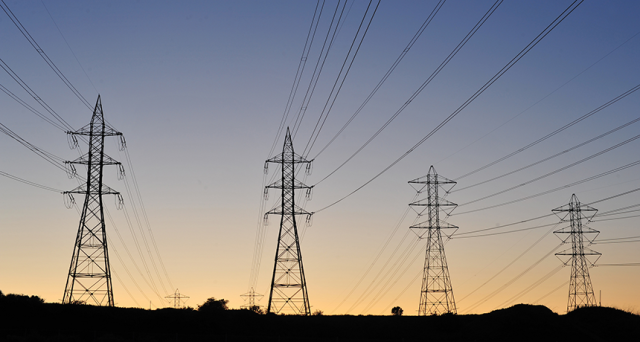A new report by the Africa Finance Corporation (AFC) reveals that off-grid and self-generated electricity in Lagos State has now exceeded Nigeria’s entire grid-connected capacity, highlighting a growing energy access crisis in the country. The report underscores how this trend reflects systemic failures in meeting rising urban and industrial demand.
Titled State of Africa’s Infrastructure Report 2025 , the document warns that if current patterns persist, the number of Africans without electricity access may remain stagnant through 2030. This concerning outlook contrasts sharply with ambitious plans by global institutions like the World Bank and African Development Bank to connect 300 million people in sub-Saharan Africa to electricity by the same year.
The report notes that Africa is trapped in an energy bottleneck, with unreliable centralized systems driving households and businesses toward off-grid solutions. In Nigeria, erratic public supply has forced millions to depend on petrol and diesel generators. Notably, Lagos alone boasts an estimated off-grid capacity exceeding 19 gigawatts—higher than the national grid’s output, which struggles to consistently deliver 4 to 5 gigawatts.
“A significant portion of power generation in Africa’s largest economies, including Nigeria and South Africa, now occurs outside national grids,” the report states. “This shift highlights both market innovation and the inability of centralized systems to meet escalating demands.”
In South Africa, policy reforms enabling embedded power generation have spurred private sector investments, adding over 1GW of solar capacity in 2024 alone. However, official statistics often overlook thermal generation, a major component of industrial self-generation. Captive plants serving sectors such as mining and cement production can range from 20MW to 200MW per site.
While off-grid power expansion might seem progressive, the AFC warns it signals deeper infrastructure shortcomings. A 2019 study cited in the report found that self-generated electricity costs twice as much as grid power in Nigeria and South Africa, eroding industrial competitiveness and underscoring the economic toll of inadequate grid investment.
“To reverse this trend, Africa must harness its vast untapped energy resources,” the report advises. “The continent holds unparalleled potential in hydropower, geothermal reserves, and solar irradiation. Yet these assets remain underutilized due to weak infrastructure and limited funding.”
Between 2013 and 2023, Africa’s electricity generation grew by less than 2% annually—lagging behind population growth (2.42%) and economic expansion (3%). For the first time in decades, per capita electricity consumption is declining, signaling a crisis in scaling energy access. By comparison, regions like the Middle East and Asia-Pacific achieved annual growth rates of 3.8% and 4.5%, respectively.
In 2024, Africa added just 6.5GW of utility-scale power—a fraction of India’s 18GW renewable additions and far behind the United States’ 48.6GW. Experts warn that without substantial investment in affordable, reliable grid infrastructure, Africa risks entrenching a “low-energy equilibrium” where improvements in access fail to translate into meaningful growth.
The AFC report concludes that decisive action is needed to scale up energy infrastructure. “Without significant investment in generation and supporting networks, Africa risks stagnating in electricity access and deteriorating in meaningful energy consumption,” it cautions. As urbanization and industrialization drive power demand, African leaders face a critical choice: scale up or fall further behind.
Follow us on Instagram.
https://www.instagram.com/businessnewsng?igsh=ZXpweTdjOGF1ZXdu





















